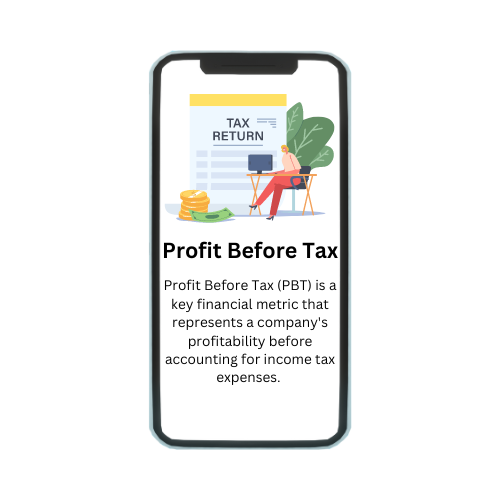A share class refers to different categories of stock issued by a company, each offering varying rights, privileges, and responsibilities to shareholders. Common share classes include common stock and preferred stock, but companies may issue additional classes, such as Class A or Class B shares. These different classes can vary in terms of voting rights, dividend payments, and liquidation preferences. For example, Class A shares may have more voting power, while Class B shares may offer higher dividends or preferential treatment in the event of liquidation. Share classes allow companies to cater to different investor needs and maintain control.
Shares represent a unit of ownership in a company. By holding shares, investors become shareholders, entitling them to a portion of the company’s profits (through dividends) and a say in company decisions (through voting rights). In India, shares are classified mainly into two categories:
- Equity Shares (Common Shares)
- Preference Shares
Each of these categories can have further sub-classes, depending on the rights and privileges associated with them.
Types of Shares in India
Under the Companies Act, Indian companies can issue various types of shares:
Equity Shares (Common Shares)
These are the most widely issued type of shares in India and come with the following characteristics:
- Voting Rights: Equity shareholders generally have voting rights in proportion to the number of shares they hold. This allows them to vote on crucial matters, such as electing directors and approving mergers.
- Dividends: Equity shareholders may receive dividends, which are usually paid out of the company’s profits. However, dividends are not guaranteed and may vary based on the company’s financial performance.
- Capital Appreciation: Equity shareholders can benefit from an increase in the company’s share price, which results in capital gains when sold.
- Residual Claim: In the event of the company’s liquidation, equity shareholders are paid last, after all creditors and preference shareholders are settled.
Classes of Equity Shares
In India, companies may issue multiple classes of equity shares, each with different rights:
- Class A Shares: These might have full voting rights but lower dividends.
- Class B Shares: These could have limited or no voting rights but higher dividends.
For instance, some Indian companies issue differential voting rights (DVR) shares, which offer fewer voting rights but higher dividends to attract investors focused on returns rather than control.
Example: Tata Motors issues shares with differential voting rights (DVRs) that offer 5% higher dividends than ordinary shares but come with only one-tenth of the voting power.
Preference Shares
These are hybrid instruments that have characteristics of both debt and equity. Preference shares are primarily issued to raise funds while offering some fixed returns to investors. Key features include:
- Fixed Dividends: Preference shareholders receive a fixed rate of dividend before any dividends are paid to equity shareholders.
- Priority in Liquidation: Preference shareholders have a higher claim on the company’s assets in case of liquidation, but they are still ranked below debt holders.
- Limited or No Voting Rights: Typically, preference shareholders do not have voting rights except in certain situations (e.g., when dividends are in arrears).
- Convertible vs. Non-Convertible: Some preference shares can be converted into equity shares after a certain period (convertible preference shares), while others cannot be converted (non-convertible preference shares).
Types of Preference Shares in India
- Cumulative Preference Shares: Unpaid dividends accumulate and must be paid before any dividends to equity shareholders.
- Non-Cumulative Preference Shares: Unpaid dividends do not accumulate.
- Redeemable Preference Shares: These can be bought back by the company after a certain period.
- Irredeemable Preference Shares: In India, irredeemable preference shares are not allowed; all preference shares must be redeemable.
Special Types of Shares in India
Apart from the standard classifications, Indian companies can issue the following special types of shares:
Sweat Equity Shares
- These are issued to employees or directors of a company at a discount or for consideration other than cash.
- They are often given to reward employees for their hard work, loyalty, or contribution to intellectual property.
- As per the Companies Act, companies can issue sweat equity shares not exceeding 15% of the existing paid-up equity capital in a year or up to 25% in total.
Employee Stock Option Plan (ESOP)
- ESOPs are options granted to employees, allowing them to purchase shares of the company at a predetermined price after a certain vesting period.
- These plans are used to align the interests of employees with those of the company and its shareholders.
Bonus Shares
- These are additional shares given to existing shareholders free of cost, based on the number of shares they already own.
- They are usually issued out of the company’s profits or reserves.
Rights Shares
- Rights shares are offered to existing shareholders at a discounted price to raise additional capital. Shareholders can subscribe to new shares in proportion to their current holdings.
Voting Rights and Differential Voting Rights (DVR)
- Equity Shares with Differential Voting Rights: Companies can issue shares with differential voting rights as per Section 43 of the Companies Act, 2013, subject to SEBI guidelines. These shares allow companies to attract capital while limiting voting dilution for promoters.
- Conditions for Issuing DVRs: To issue DVR shares, a company must meet specific criteria, such as a consistent profit track record and no default on debt payments.
Regulatory Framework
- The issuance of shares in India is regulated by the Companies Act, 2013, SEBI regulations, and the Reserve Bank of India (RBI) for specific types of instruments.
- SEBI sets guidelines for the issuance of shares by listed companies, ensuring transparency and protection for minority shareholders.
Key Differences Between Equity and Preference Shares
Feature | Equity Shares | Preference Shares |
Voting Rights | Generally have voting rights | Limited or no voting rights |
Dividend | Variable, not fixed | Fixed, paid before equity dividends |
Priority in Liquidation | Last claim on assets | Priority over equity shareholders |
Risk | Higher risk | Lower risk due to fixed dividends |
Convertibility | Non-convertible | Can be convertible or non-convertible |
Conclusion
Understanding the nuances of share classes in India is essential for investors and companies. Investors should consider their risk tolerance, dividend expectations, and desire for voting power before investing. Companies can strategically use different classes of shares to raise capital while maintaining control and rewarding key stakeholders.
Indian companies, especially startups and high-growth firms, leverage share class structures to attract investors while safeguarding founder control. As the Indian equity market evolves, innovative share classes like DVRs and ESOPs will continue to gain prominence.







